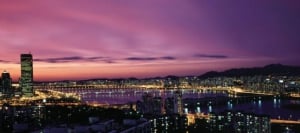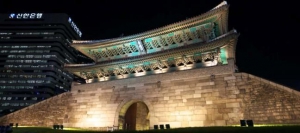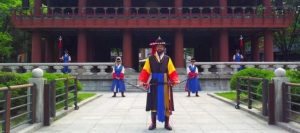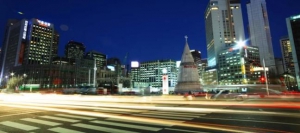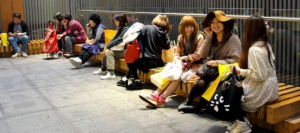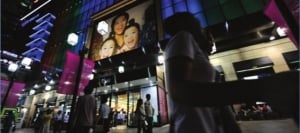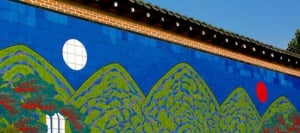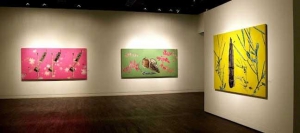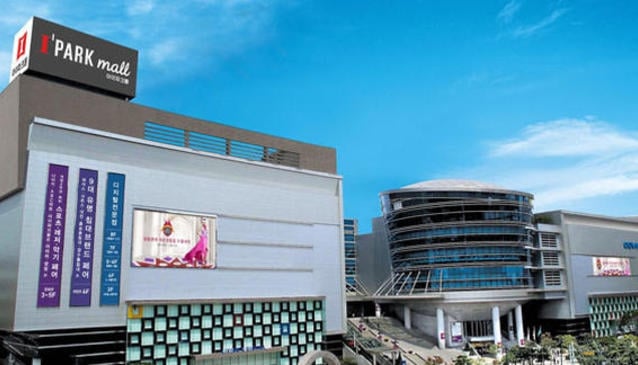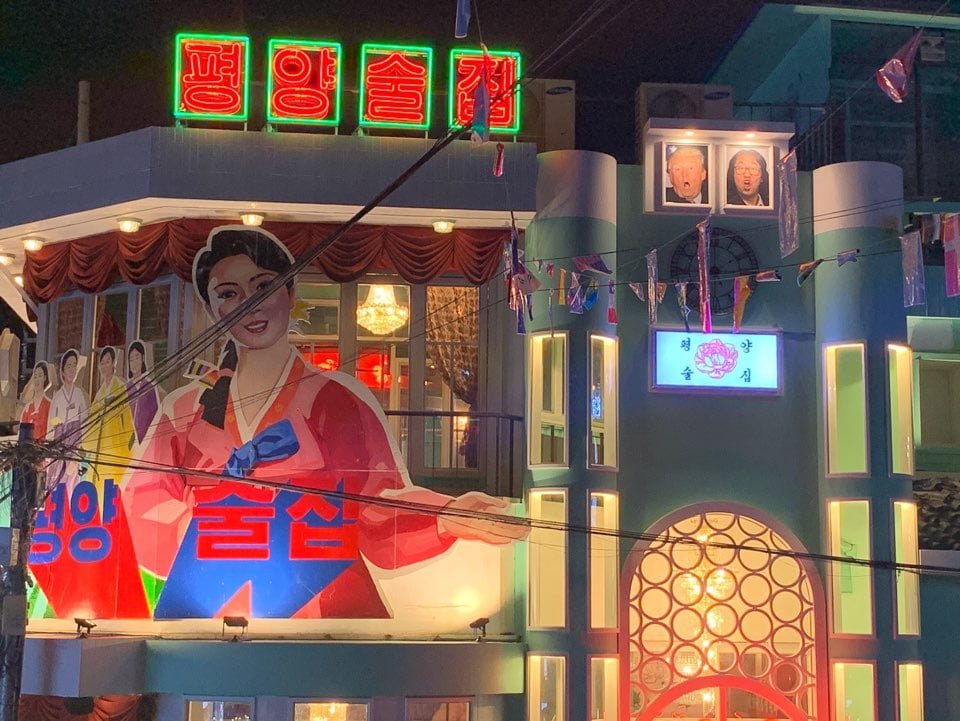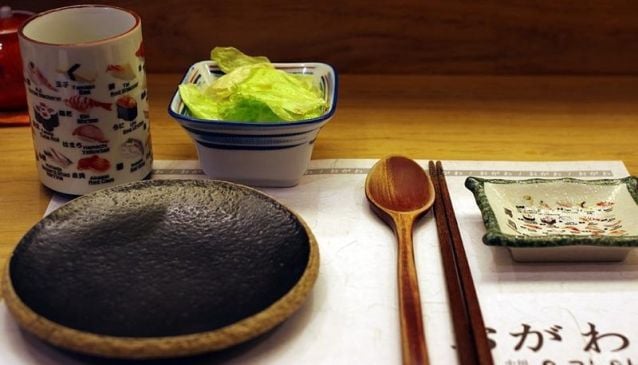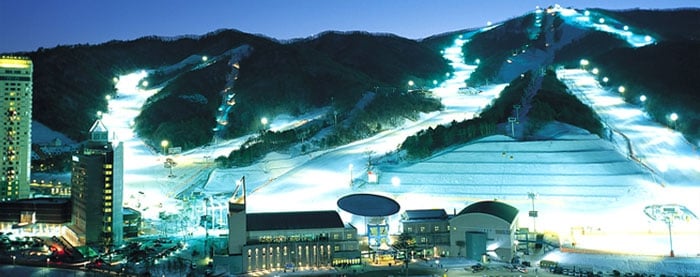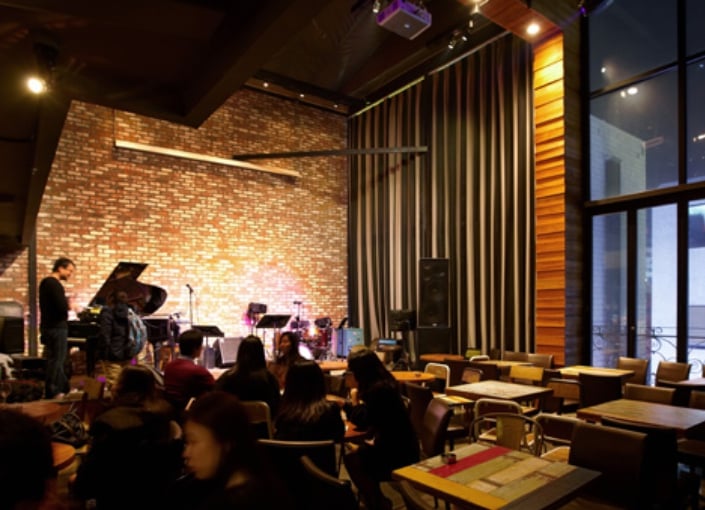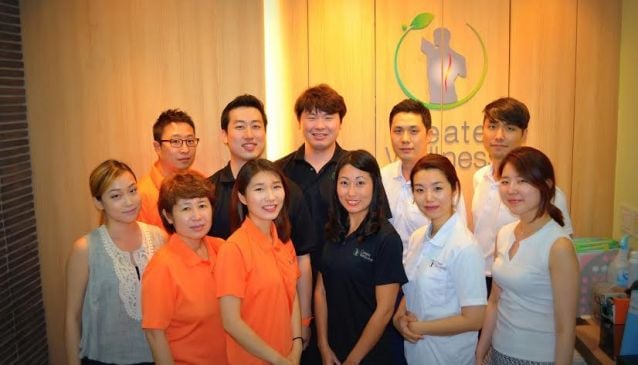Heart of Seoul
Seoul is nothing short of gigantic. Its greater urban area is home to around 25 million people, sprawling across a tract of land so vast that riding Subway Line 1 from north to south will take over three hours. Such size makes it tempting to think that things have always been this way, but Seoul was once surprisingly small; although the city has since burst out in every direction, a previous incarnation saw it bounded to the north by mountains and royal palaces and to the south by the pinelined peak of Namsan.
Parts of the old city wall still remain visible, including a few large colorful gates that provide tangible evidence of the changing times. Previously a part of the city limits, the once mighty gates of Dongdaemun and Sungnyemun, are now little more than ornate traffic islands, visible amid the high-rises only by virtue of being surrounded by eight-lane thoroughfares.
But the more things change, the more they stay the same. This is still the city's number one business district, as evidenced by the vast buildings surrounding City Hall, the teeming shopping streets of Myeongdong, and the colossal 24 hour markets that have sprouted up alongside the gates - a visit to Seoul is simply not complete without a midnight feast of Gwangjang Market, part of the Dongdaemun complex. The area is also not without architectural merit - running between Myeongdong and City Hall are a number of buildings that date back to the times of Japanese occupation (1910-1944), giving an elegant flourish to a city that otherwise hurdled whole segments of architectural modernism.
Almost a century on, the Japanese are back in numbers, this time swinging credit cards - the ubiquitous restaurants and department stores of the Myeongdong shopping area slate their craving for duty-free goods, designer handbags, Korean cosmetics and hearty traditional Korean food.
Most Western visitors, however, tend to prefer Insadong, a more traditional area to the north. Its labyrinthine alleyways excert a magnetic draw on foreign visitors - almost all of the area's restaurants are traditonal in nature, many housed inside wooden 'hanok' structures, topped with slate tiles. Also notable are a dozen or more tearooms, bravely fighting against the nationwide tide of cafes and coffeeshops that threaten to sink the caffeine wars once and for all - in addition to green tea, concoctions that include ginseng and ginger can also be enjoyed, usually in a pleasingly oriental atmosphere.
Nothing has yet been said about the prodigious amount of art on display in Insadong. The sheer quantity of art galleries here must make it one of the world's most densely populated areas in such regards, with works that are a mishmash of the traditional and the contemporary. Art lovers could quite happily spend a whole day wandering the area, wondering why Korean art has yet to find international celebrity equal to that of China and Japan.


